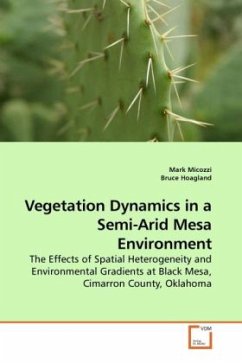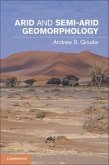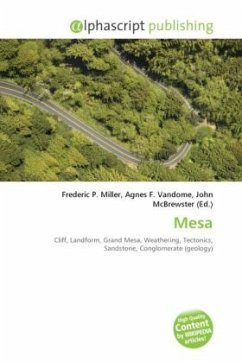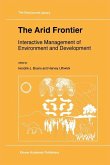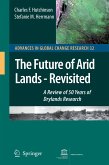The research presented in this work focuses on a small eastern lobe of the Mesa de Maya Plateau called Black Mesa. Situated in the far northwest corner of Cimarron County, Oklahoma, this semi-arid environment is among the state s most topographically complex and botanically unique areas. The flora of Black Mesa lies at a crossroads defined by four major biomes that contribute to the local species richness and diversity. The first systematic botanical research in the Black Mesa region was a dissertation by Claude M.Rogers in 1949 (The Vegetation of the Mesa De Maya Region of Colorado, New Mexico, and Oklahoma). The research presented here encompassed about 18 sq km and included 159 plant species classified into nine distinct vegetation associations. In conjunction with technological advancements in computer technology (geographical information systems, remote sensing and multivariate statistical techniques), this research is a natural continuation of Rogers research and incorporates contemporary trends in biogeography, applied ecology and vegetation science.
Bitte wählen Sie Ihr Anliegen aus.
Rechnungen
Retourenschein anfordern
Bestellstatus
Storno

